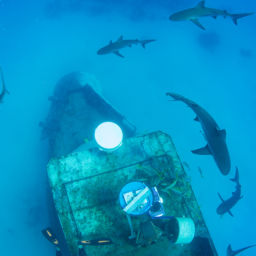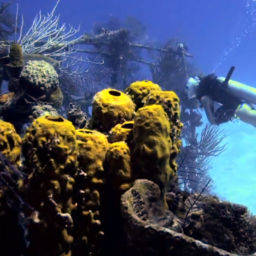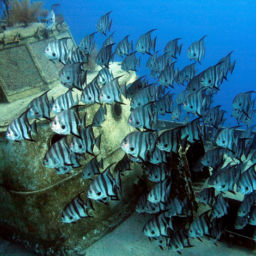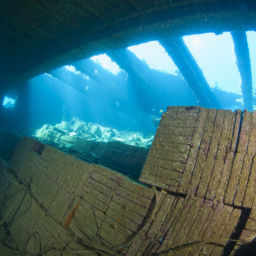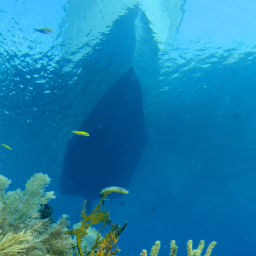The Perry Institute for Marine Science (PIMS) recently released the latest edition of its Coral Reef Report Card, which grades Bahamas coral reef ecosystem health and assesses ongoing threats, while outlining successful measures needed to reverse the decline of coral reefs.
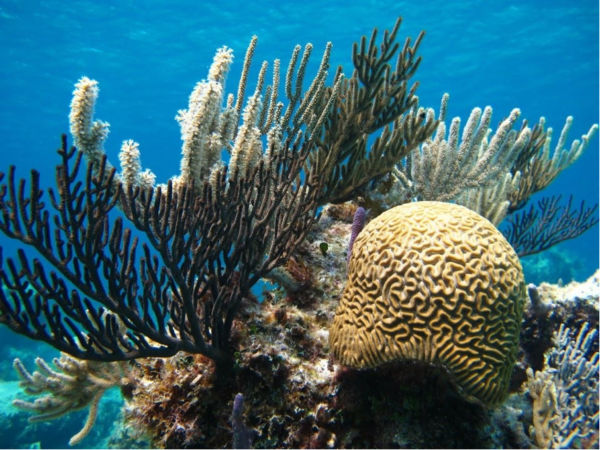
Our coral reefs are disappearing
About 50 percent of the world’s coral reefs are already lost or are severely damaged. Many studies over the last five to 10 years indicate that all reefs could be lost by 2050. Coral reefs are some of the most biologically rich and economically valuable ecosystems on Earth. They provide food, jobs, income, and protection from weather to billions of people worldwide. However, coral reefs and the animals that call them home are in danger of extinction if we do not take immediate action to protect them. An increasing array of impacts pose a threat, including pollution, invasive species, diseases, bleaching, and global climate change. The rapid decline and loss of these valuable, ancient, and complex ecosystems have significant social, economic, and environmental consequences around the world.
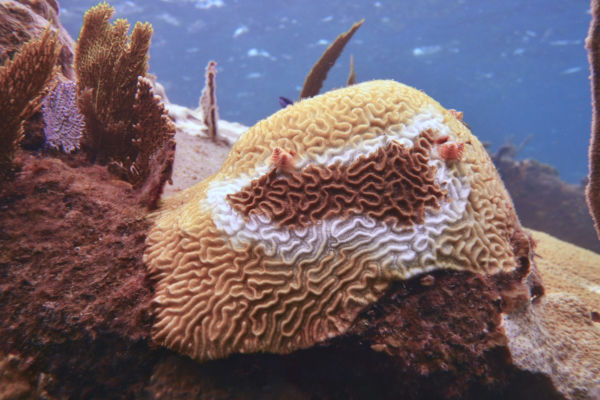
The Perry Institute for Marine Science
The Perry Institute for Marine Science (PIMS)’s research focuses on fishery management, coral condition, conservation and restoration of coastal ecosystems, and conservation of threatened marine species. PIMS is a program-based institution conducting research throughout the Bahamas and other parts of the Caribbean in partnership with governments, international NGOs and local organizations.
It recently released the 2020 edition of its Bahamas Coral Report Card based on studies and research from the last five years. The report card also draws comparisons with its previous iteration from 2016, allowing a wider analysis over the last 10 years. The research includes several areas of work combined with 250 Atlantic and Gulf Rapid Reef Assessment (AGRRA) surveys conducted at more than 200 sites around the Bahamas. AGRRA surveys help us understand reef condition by examining multiple indicators of the benthic-coral-fish relationship.
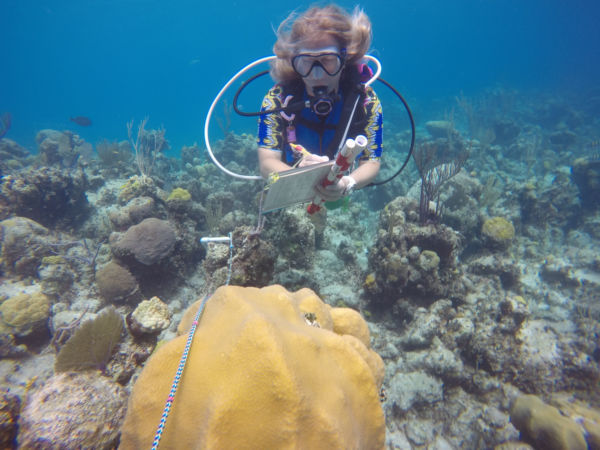
An overall reef health index ranging from poor to good, for a variety of islands throughout the Bahamas was created after focusing on key elements within a coral reef. Within the report card you can see in-depth data and trends on the following for each surveyed site:
- Coral Cover
- Benthic Index
- Coral Condition
- Partial Mortality of Corals
- Coral Disease
- Coral Recruitment
- Large Parrotfish Index
- Diadema Urchin Density
- Grouper Index
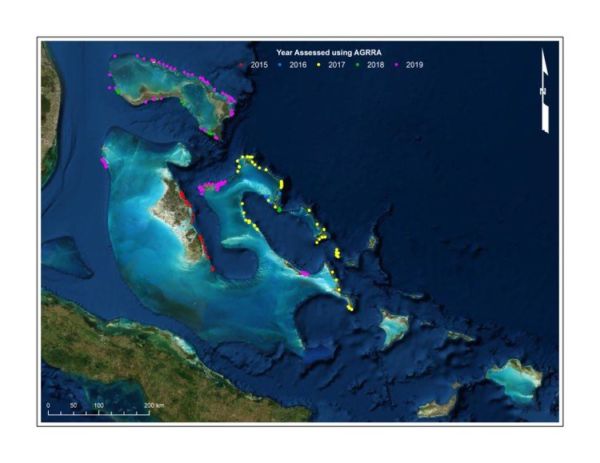
After establishing a reef health index for each location, the report card graded most as in “fair condition.” The report noted the rest as “impaired.” The survey then examined specific threats in each area and how they played a role in a site’s overall condition. The leading threats to coral reefs in the Bahamas are hurricanes, coral-bleaching events, coastal development, stony coral tissue loss disease, and unregulated fishing practices. The report then further advises on what actions we can take to help protect coral reefs in addition to what countries should do to make a positive change for the future.
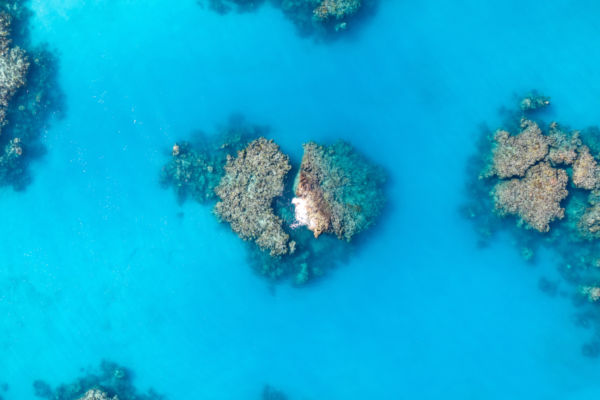
The report is a sobering snapshot of the state of coral reefs not just in the Bahamas, but worldwide. However, it is not all doom and gloom. The report card also highlights practices that are having a positive influence on coral reefs.
Coral restoration
Several intervention techniques in the Bahamas are currently helping restore coral populations, save critically endangered species, such as staghorn and elkhorn coral, and increase genetic diversity. The Reef Rescue Network aims to scale up coral restoration efforts throughout the Bahamas and Caribbean, primarily by growing corals in nurseries and out-planting them onto reefs. We are beginning to see success from these efforts. The report card shows that the only documented increases in the amount of staghorn and elkhorn coral was from sites where restoration efforts have been ongoing for the last 10 years. This is an encouraging sign and evidence that coral restoration can help the world’s coral reefs recover.
Marine Protected Areas (MPAs)
The healthiest reefs in the Bahamas were in the Marine Protected Areas (MPAs), as well as very remote locations. The Exuma Cays Land and Sea Park is the oldest and best-enforced MPA in the Bahamas. It has been protected since 1959, and entirely no-take since 1986. Many studies have shown that populations of fish, conch, crawfish and corals are healthier here than other parts of the Bahamas. We need MPAs now more than ever. Well managed MPAs can vastly improve reef ecosystem health and potentially even reverse downward trends in marine biodiversity.
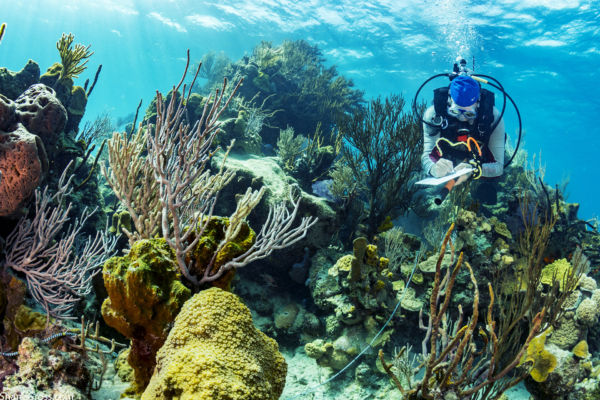
Coral restoration
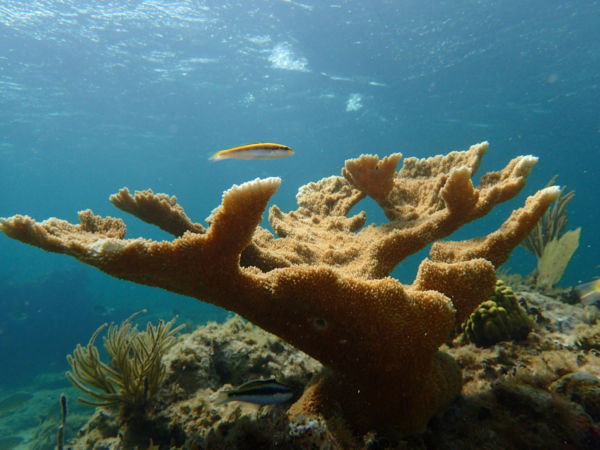
Click here to download the full Bahamas Coral Reef Report Card.
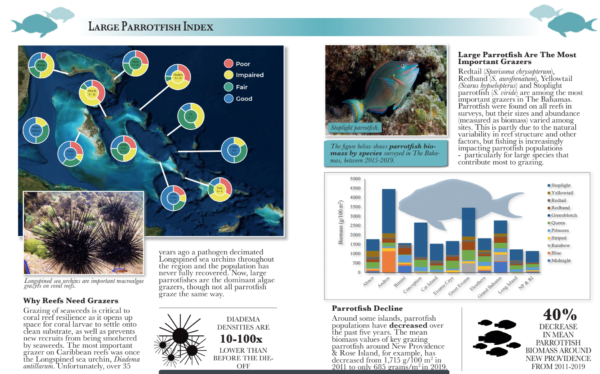
All photos courtesy of the Perry Institute for Marine Science.



